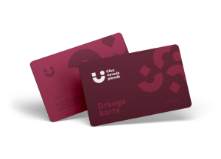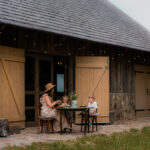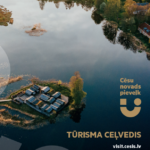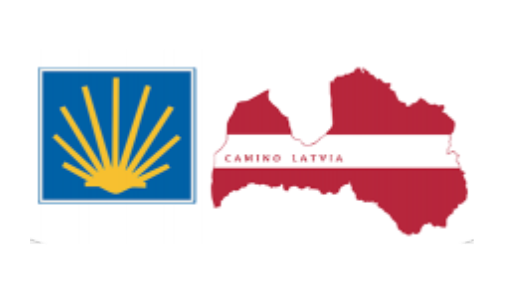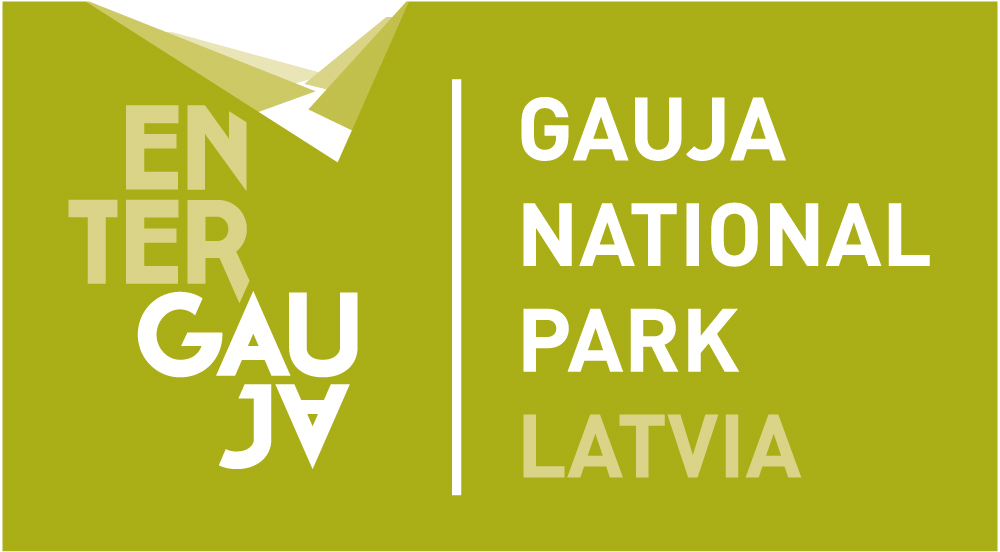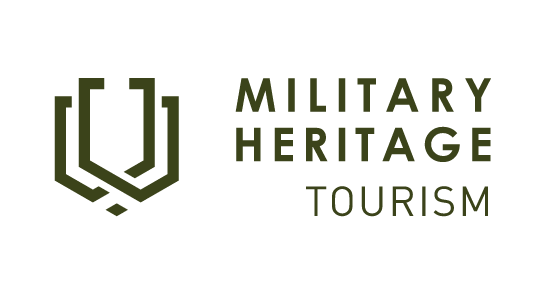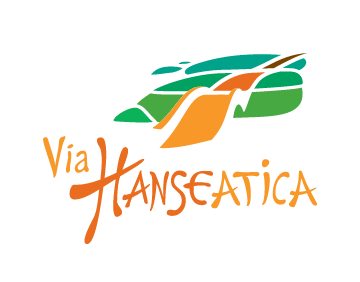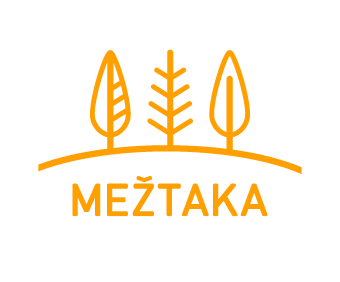Maternity hospital
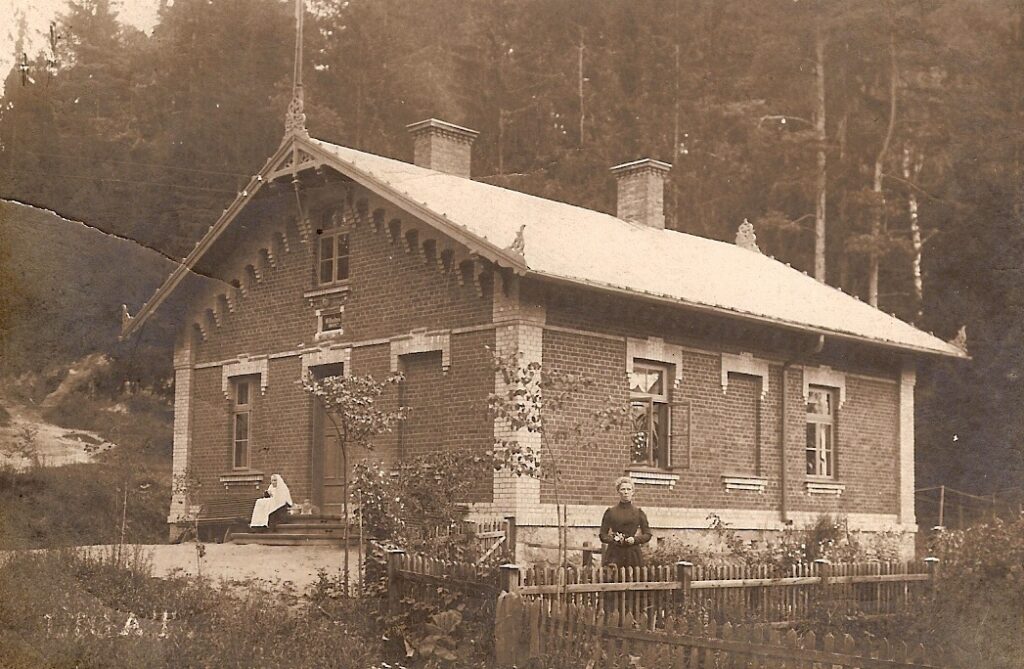
In 1901, Wilhelm Mentzendorff, one of the directors of the Līgatne Paper Mill, built the Līgatne Maternity Hospital, using his personal funds. It was clearly visible from the road leading to the gate and facilities of the paper mill. A flagpole conveyed the news: a blue flag indicated the birth of a boy, a pink flag signified a girl, while a white flag signalled the presence of a mother-to-be. At that time, expectant mothers did not have pre-natal or post-natal maternity leave; they continued working until they went into labor. Shortly after childbirth, both mother and baby were taken home in a horse-drawn carriage used in the paper mill. The mother returned to work soon after, while a senior women who did not work took care of the baby.
The building of the maternity hospital underwent several expansions. It served as a maternity facility until World War II, after which the maternity services were moved to the Līgatne Hospital. The initial name of the maternity hospital ‘Wilhelma’ is still displayed on a plaque above the entrance door. Later on, the paper mill repurposed the building into dormitories for new specialists. In 1965, the building reopened was a healthcare facility, this time as the village ambulance, which eventually also included an x-ray room and various other procedures. In the early 1990s, the ambulance was relocated to the medical facility of the Līgatne Paper Mill, while the former maternity hospital became a private property.
The building remained unoccupied for some time until the autumn 2019, when the restaurant ‘Pavāru māja’ opened its doors. It offers seasonal dishes made from both locally provided and wild-grown products. To keep up with the ancient local traditions, the restaurant uses the local sandstone cellars for the storage of the products provided by the local farmers. It is worth mentioning that the restaurant has been awarded the MICHELIN Green Star for its outstanding culinary excellence and sustainable practices.


